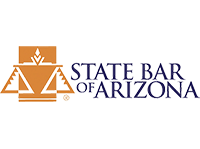Lately, several incidents concerning people posting online threats have been in the news. From the controversy at University of Missouri to other violent online threats directed towards a Dallas high school, cyber threats are being taken much more seriously. Legally though, are online threats equally as punishable as in-person verbal threats?
The answer is dependent upon each case but in the situation that took place at the University of Missouri, the answer was yes. Two college students were arrested for making death threats against African American students over an online social media app called Yik Yak.
The University of Missouri first issued a security alert to all students and faculty, they were able to find those that made the threats and proceeded to arrest them. In this case, the threats were directed at a specific group of individuals and categorized as terrorist threats.
These death threats and other online threats are illegal in most cases, just as they would be in person. However, this past June, the Supreme Court specified the legal repercussions concerning online threats and arresting those involved.
The Supreme Court ruled that an online threat is not criminal unless the person writing the threat planned for it to be understand as legitimate and others believed this as well.
In discussing the decision of the Supreme Court, ACLU legal director Steven R. Shapiro said the “decision properly recognizes that the law has for centuries required the government to prove criminal intent before putting someone in jail.”
The decision comes at a time when these threats will have to be more deeply assessed. Another important factor when considering the prosecution of an online threat is determining the mental health of the person posting the threat.
In the decision, Chief Justice John Roberts wrote: “Federal criminal liability generally does not turn solely on the results of an act without considering the defendant’s mental state.”
Overall while each case is determined separately, online threats are not taken lightly and can result in similar if not worse repercussions than in personal threats.







